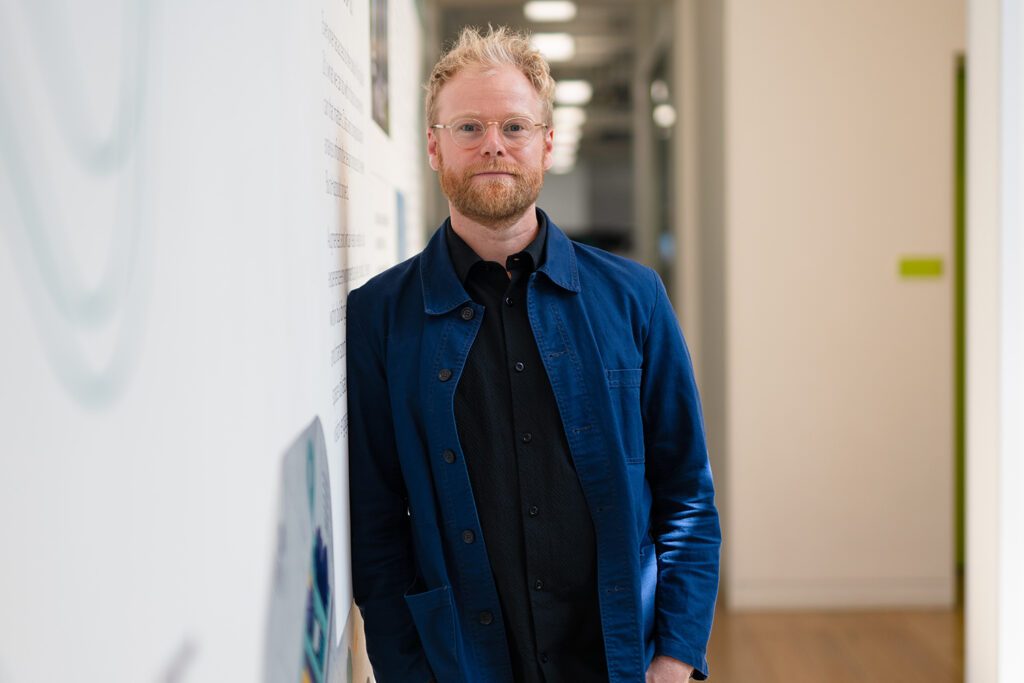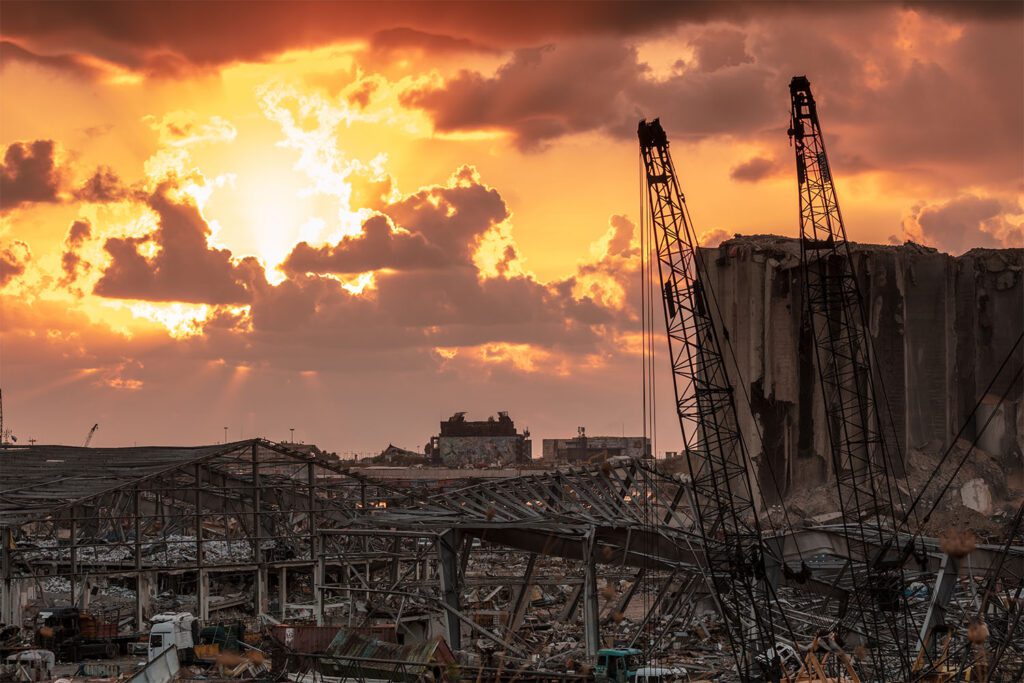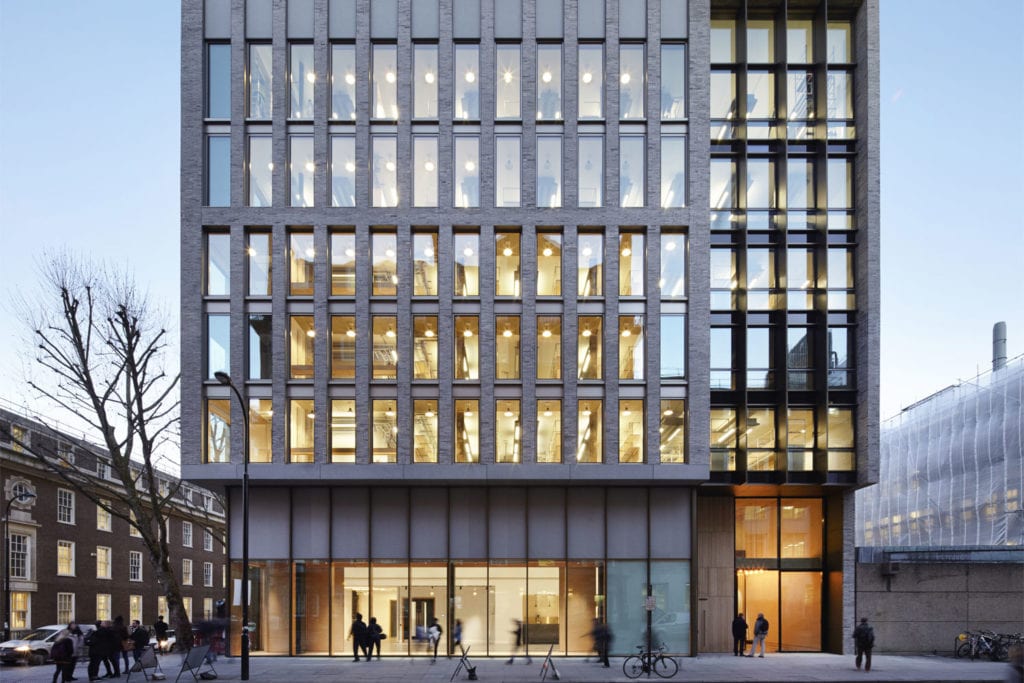
Leicestershire County Council Net Zero Pathways and Scope 3 Emissions Study
Leicestershire, UK
Project details
Client
Leicestershire County Council
Duration
2020 – 2021
Services provided by Buro Happold
In 2017, Leicestershire County Council signed the UK100 pledge: a network of local government leaders that seeks to devise and implement plans for the transition to clean energy.
In December 2020, the authority revealed ambitious new targets to decarbonise its own operations by 2030 and work with Leicestershire people and organisations to become a net zero county by 2045.
Buro Happold supported Leicestershire County Council to map a range of future ‘net zero pathway’ scenarios for the whole county. Buro Happold also assessed the Council’s own Scope 3 emissions as an organisation, providing recommendations for its net zero action plan.
Challenge
Leicestershire is home to rich parkland, thriving towns and villages, and a road network that supports logistics and deliveries across the UK. Leicestershire County Council provides a range of services, including extensive social care provision, public transport networks, infrastructure and building construction and education services. Decarbonising Leicestershire will require an ambitious portfolio of measures to reduce demand for energy and goods, as well as removing the fossil fuels burnt to create them, in both council operations and the activities of residents and businesses.
Buro Happold has worked with many local authorities to prepare net zero pathways and support net zero action plans. We bring a detailed understanding of the tools, policy landscape and range of concerns a council may wish to explore during the crucial initial steps to developing net zero pathways.
However, all local authorities are complex, unique and nuanced. It is a challenge to ensure that net zero pathways manage to capture changes to systems and processes that will meet the needs of different communities, be technically feasible and cover all areas of emissions.
Leicestershire County Council sought to better understand emissions across the county and its own Scope 3 operational emissions and to gather evidence on how public and private stakeholders can collaborate to reduce them.

Solution
Buro Happold prepared detailed assessments of both county-wide emissions, and Scope 3 emissions from the Council’s own operations.
County-wide emissions
An expert team from Buro Happold supported Leicestershire County Council to baseline emissions and map a range of future ‘pathway’ scenarios. These covered both territorial and consumption emissions for the whole of Leicestershire County. This involved working with council staff and local groups to identify relevant baseline emissions, then key actions and pathway requirements. These insights shaped the design of four sets of detailed projections of future carbon emissions based on a range of policy lever combinations.
Developing a selection of pathways that considered different routes to net zero, meant we were able to show the impacts of different approaches. Some followed national guidance. Some prioritised rapid changes. Others looked at demand reduction. We then assessed each pathway in detail: looking at the costs, co-benefits, stakeholders and policies that would be needed for each. This meant that each pathway is a detailed evidence base that the Council can consider when making decisions and action plans.
We embedded stakeholder consultation into the project development. We didn’t want to only consult with the community and staff once a model had been built; we were keen to make sure that peoples’ ideas and concerns were integrated into the project from the very beginning. Stakeholder engagement allowed us to focus on the priorities, challenges and opportunities for decarbonisation in the county, ensuring our modelling was relevant and bespoke for Leicestershire.
These sophisticated models take into account evolving elements such as future grid decarbonisation, carbon costings, and planting commitments.
Working with Buro Happold was a very positive experience and has provided the Council with a high-quality evidence base for developing future policies, plans and actions to successfully reduce the emissions of the County and Council.
Leicestershire County Council
Council Scope 3 emissions
Three “Scopes” are the basis for mandatory Green House Gas (GHG) reporting in the UK. Scope 1 covers the emissions an organisation makes directly — for example, from its vehicles. Scope 2 are the emissions it makes indirectly, such as through the generation of the electricity it buys for heating and cooling buildings. Scope 3 however covers all the emissions the organisation is indirectly responsible for, up and down its value chain.
For the Scope 3 assessment, we worked with council operational staff to understand the range of activities and stakeholders linked to their activities and carried out a major data gathering exercise across the Council to assess the carbon footprint of this complex organisation. Scope 3 calculations were aligned to the GHG Protocol Standard. This has enabled Leicestershire County Council to understand how to collect more accurate Scope 3 data and begin to initiate carbon reduction plans.

Value
There is a clear imperative for a radical shift in the way we address emissions. We worked with Leicestershire to consider a wide scope: not just emissions produced in the county, but also those from goods and services imported into the county.
The research has assisted the local authority in raising awareness and making the case for decarbonisation and has spurred cross-departmental and stakeholder engagement.
We created a detailed assessment of the impacts and co-benefits of different net zero pathways for the county. They illustrate the power of decarbonisation in creating safe, resilient, inclusive and healthy places to live and provide clear routes to achieving it.














